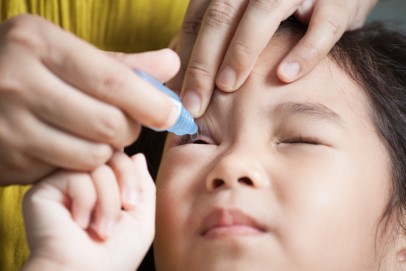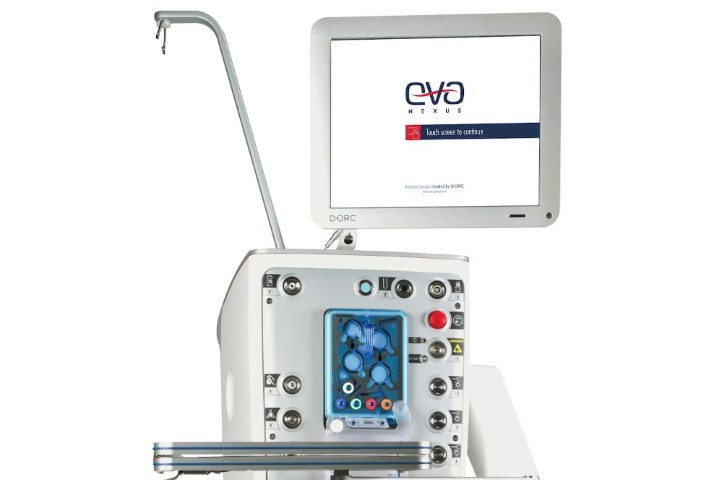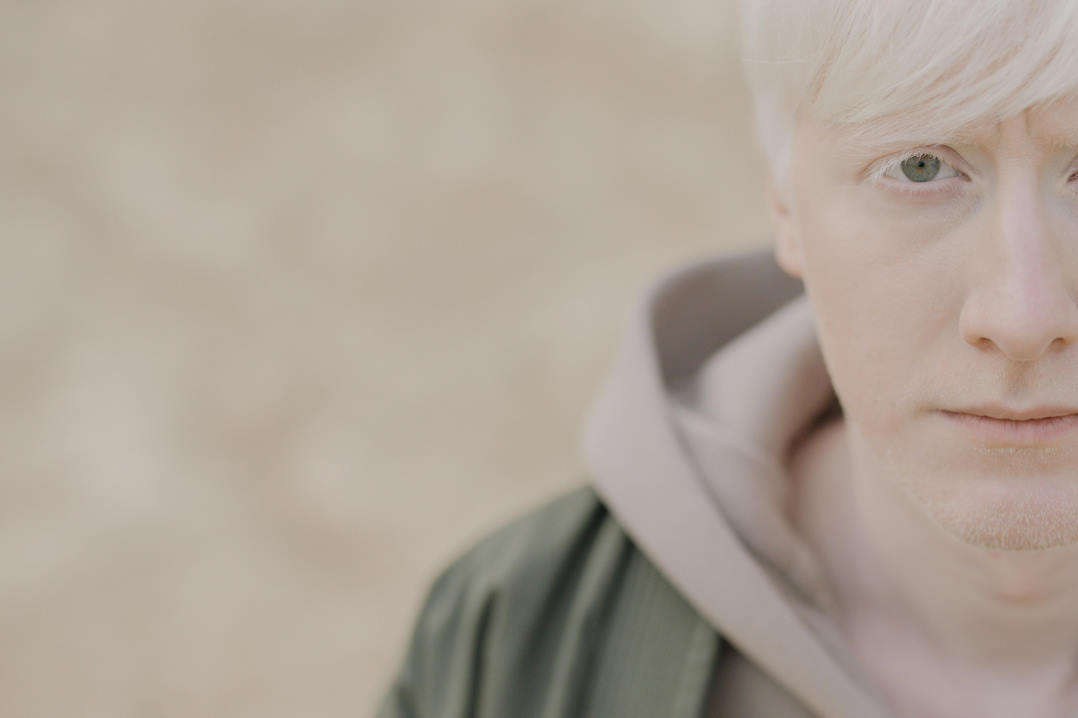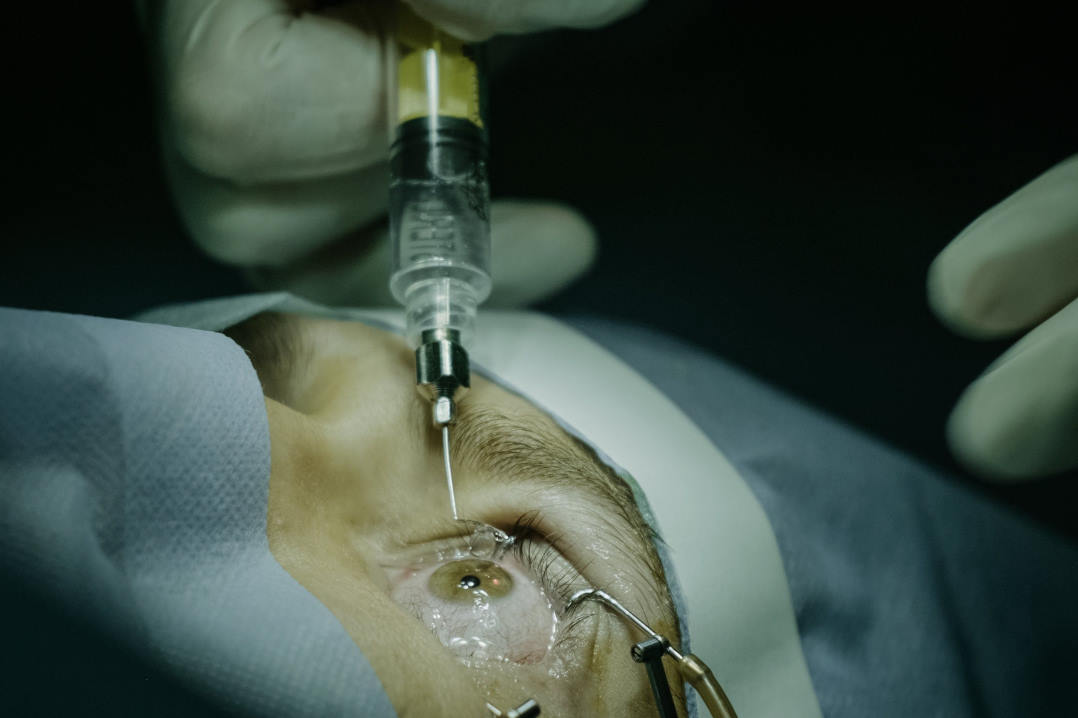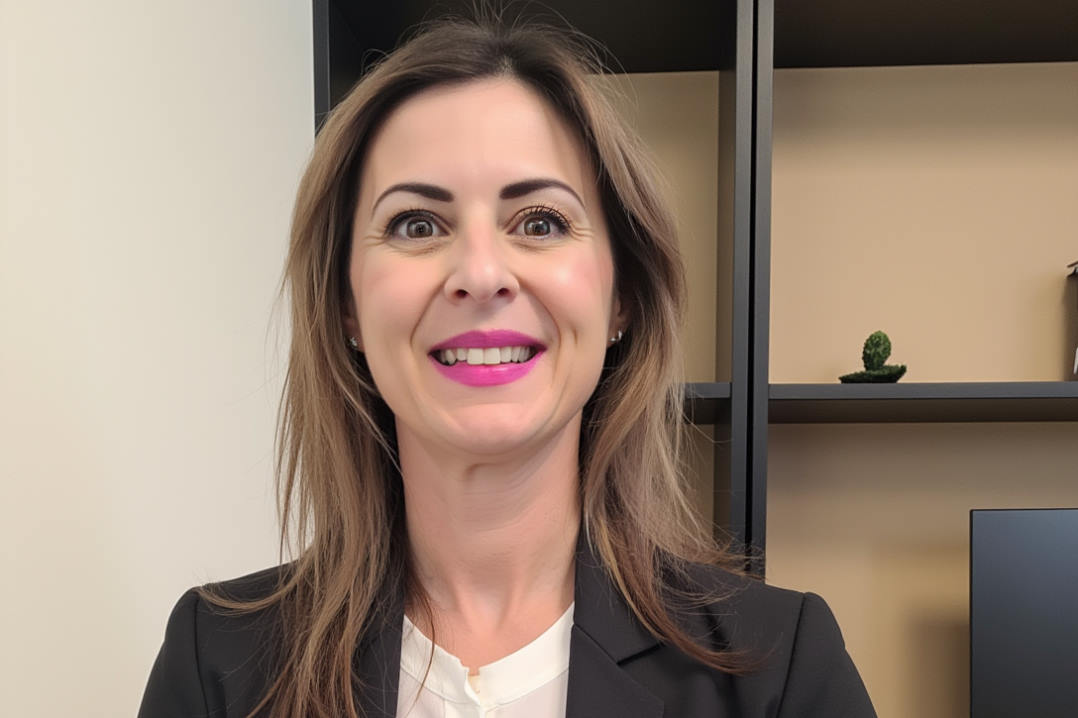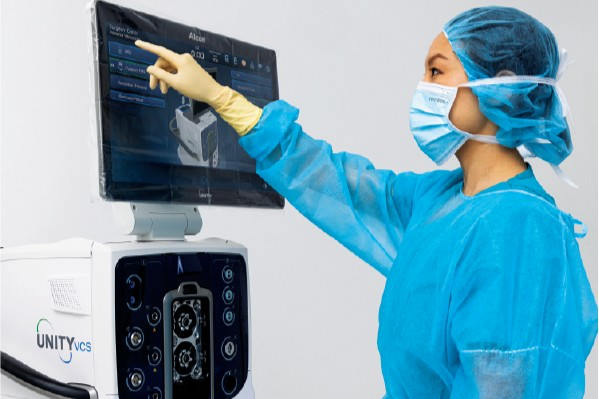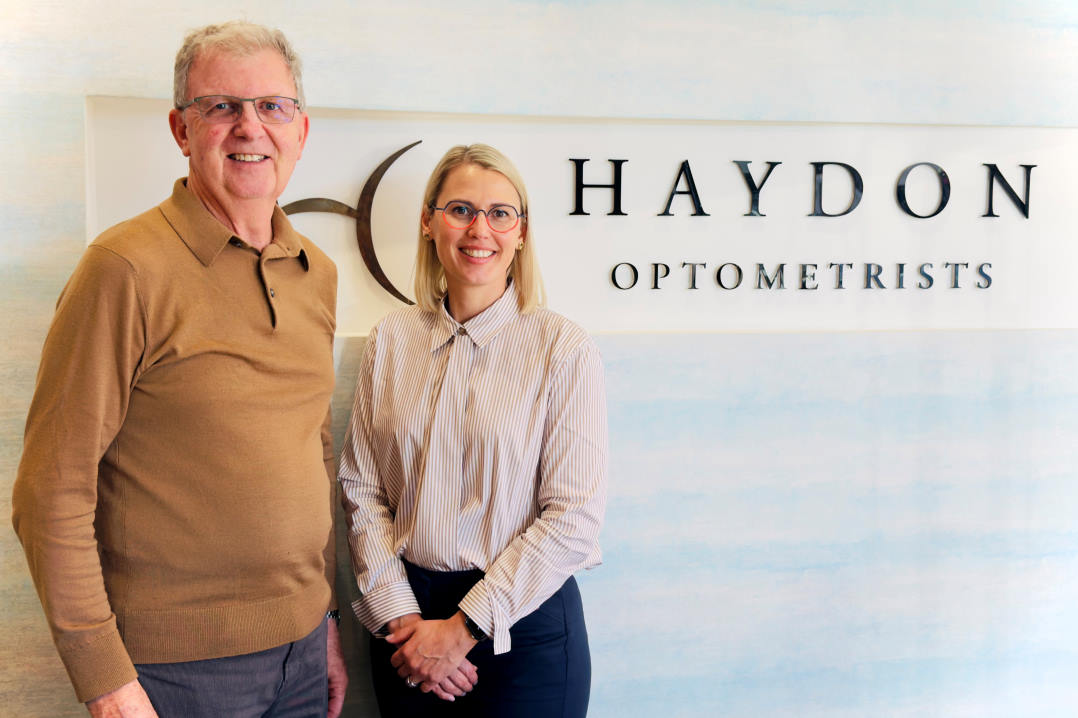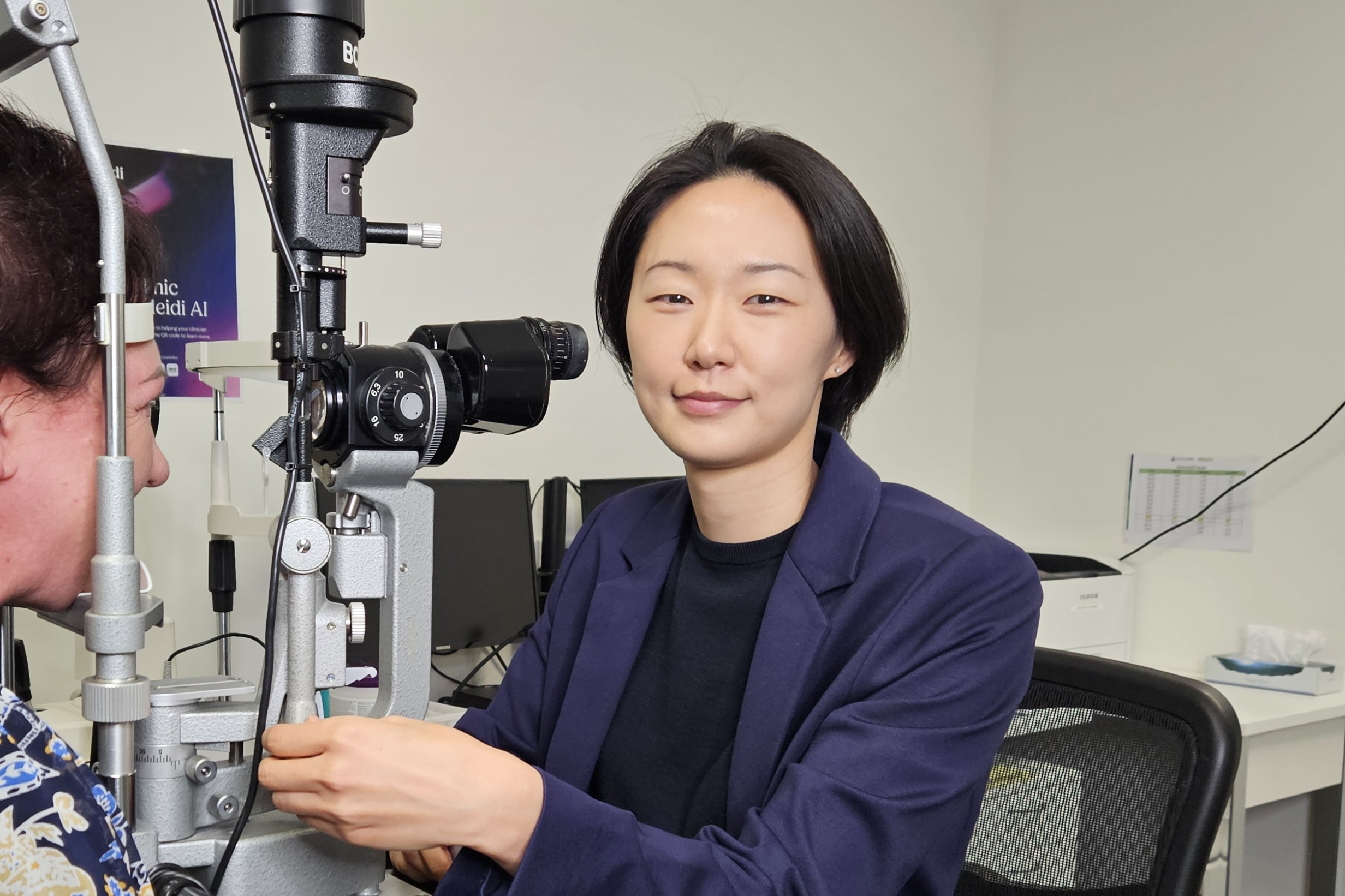Atropine drops approved for NZ
Aspen Pharmacare’s Eikance 0.01% atropine drops have been approved by Medsafe and will be available via prescription from pharmacies in New Zealand from the end of June 2024.
Welcoming the news, paediatric ophthalmologist Dr Rasha Altaie, an International Myopia Institute New Zealand ambassador, said it will be great to finally have different concentrations of atropine drops commercially available in Aotearoa. Pricing, however, remains an issue, she said. In Australia, where Eikance 0.01% was approved by the Therapeutic Goods Administration in 2021, a month’s supply costs between AU$40-50. Eikance’s recommended retail price for New Zealand is still to be announced, but if Aspen follows the same pricing strategy here, the drops could end up being more expensive than the current compounding option, said Dr Altaie. “That would not be ideal.”
Dr Altaie also applied for Pharmac funding for Eikance in August 2018, with the process currently at the ‘under consultation’ stage. Aspen has advised Pharmac of Eikance’s recent approval by Medsafe, said Sue Griffin, Aspen New Zealand brand manager. Although there won’t be sufficient Eikance stock in the country until June 2024, a formal launch plan will involve all necessary communications to all relevant healthcare practitioners, including pharmacies, she said.
At present, low-dose atropine drops are made by compounding 1% stock atropine. However, producing a 0.01% or 0.02% solution is not a case of simple dilution since inadequate buffering causes the unstable atropine molecule to break down. This can result in the patient receiving significantly less than 0.01% atropine in their drops, particularly if they have been stored for long periods. However, Dr Altaie said that although she’s aware of poor compounding being an issue overseas, it doesn’t seem to have been a problem in New Zealand.
According to Medsafe’s prescribing information, Eikance 0.01% is indicated as a treatment to slow the progression of myopia in children aged from four to 14 years when myopia progresses ≥-1.0 D per year.









